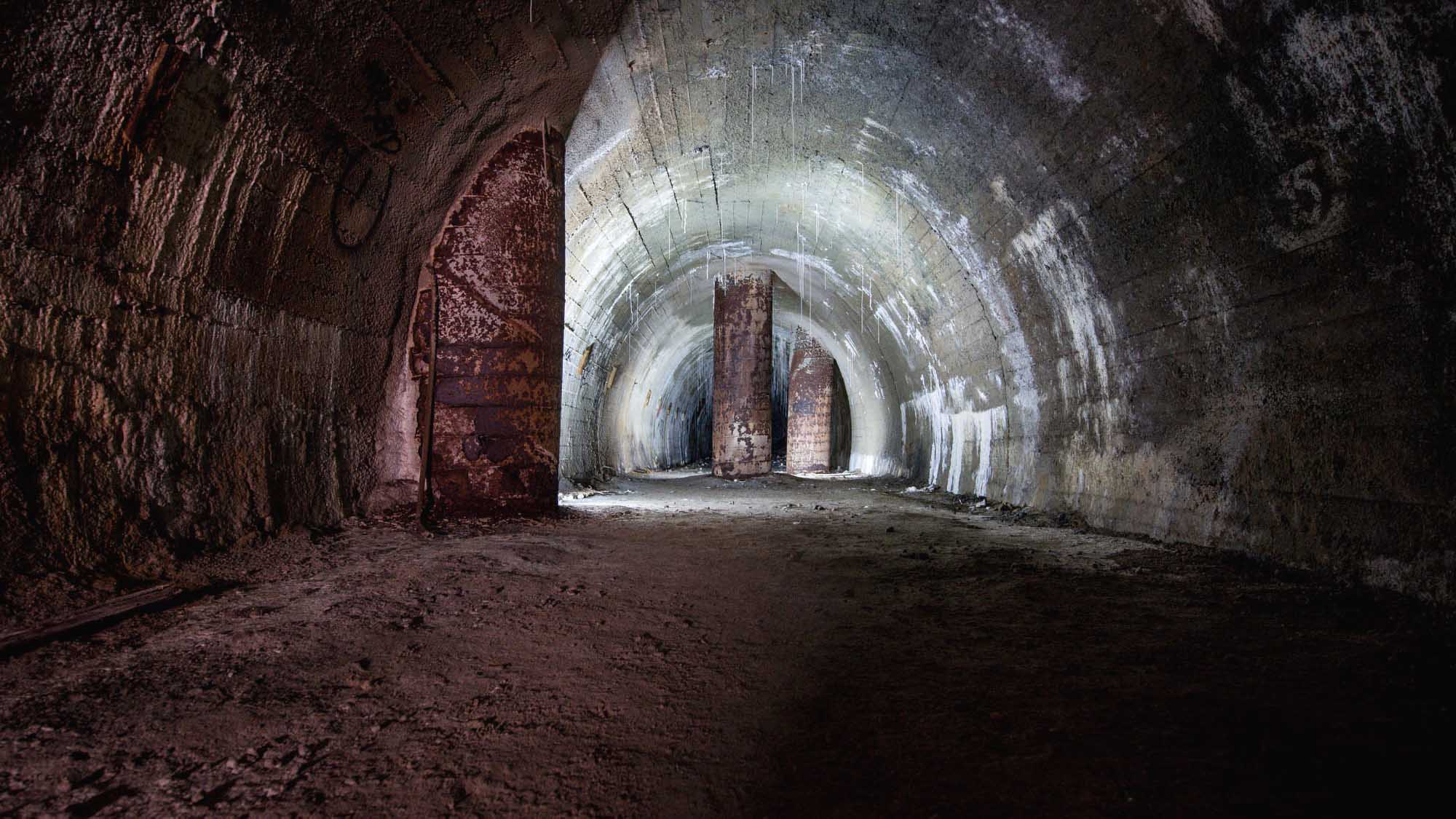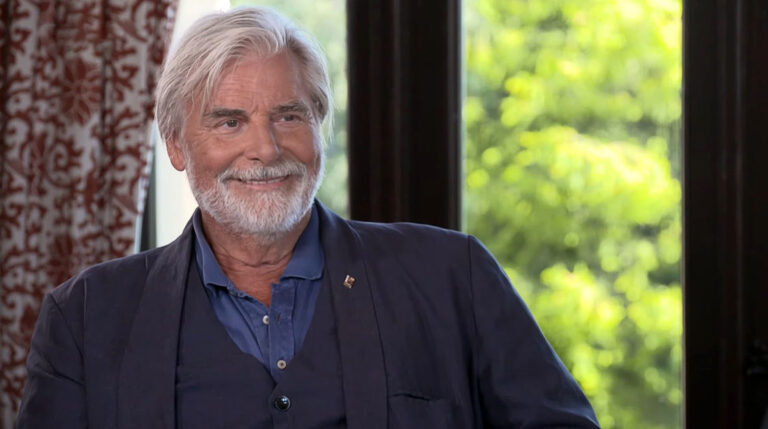A huge underground Nazi air raid bunker from World War II could be revived as officials study Russia’s invasion of Ukraine.
The tunnel – sunk at a depth of 17 metres (55.7 feet) – stretches nearly three miles between Westpark and the main station in Dortmund in North Rhine-Westphalia state.
Considered the largest civilian air shelter in continental Europe, the bunker gave protection to more than 120,000 people during more than 100 bombing raids between May 1943 and March 1945.
It was reportedly also used during the Cold War when it was upgraded between the 1970s and 1980s.
Now authorities have revisited the almost 4.6-kilometre-long (2.9 miles) tunnel to find out whether it could be revived to face new enemies.
Archaeologist Ingmar Luther, 42, said: “We know almost nothing about this facility.
“In the last months of the war, a large part of the documentation of the tunnel construction was destroyed.
“These documents were secret and are now also lost.”
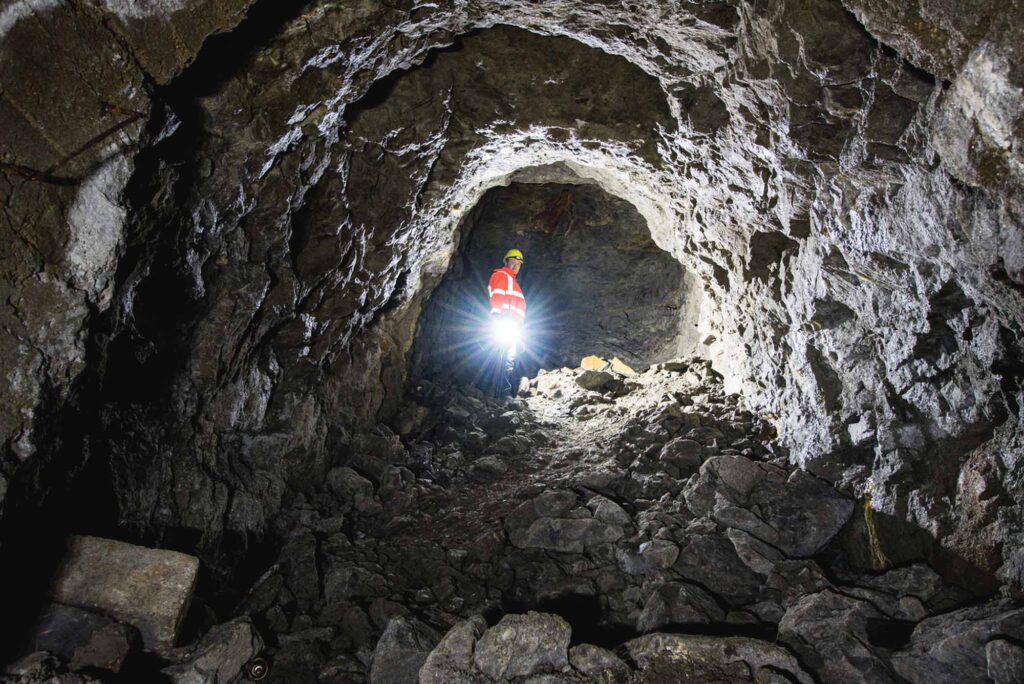
In order to get more insight into the facility, authorities are now searching for people who took cover during the Nazi era or were involved in renovation work in the 1970s.
Head of the monument authority Ralf Herbrich said: “As the monument authority, we would like to collect and evaluate these testimonies in cooperation with the city archive.
“We would be very happy if we could reach as many Dortmunders as possible with the appeal and persuade them to tell us their stories.
“We often find valuable new insights in seemingly trivial matters. We already know that from other calls.
“Perhaps we will even get unknown and private photos together in this way. In any case, we would like to capture the personal stories and link them to the ‘sober’ facts of the deep tunnel system for posterity.”
However up-to-date analysis showed that the entire facility along with its operational technical systems were completely dismantled after World War II.
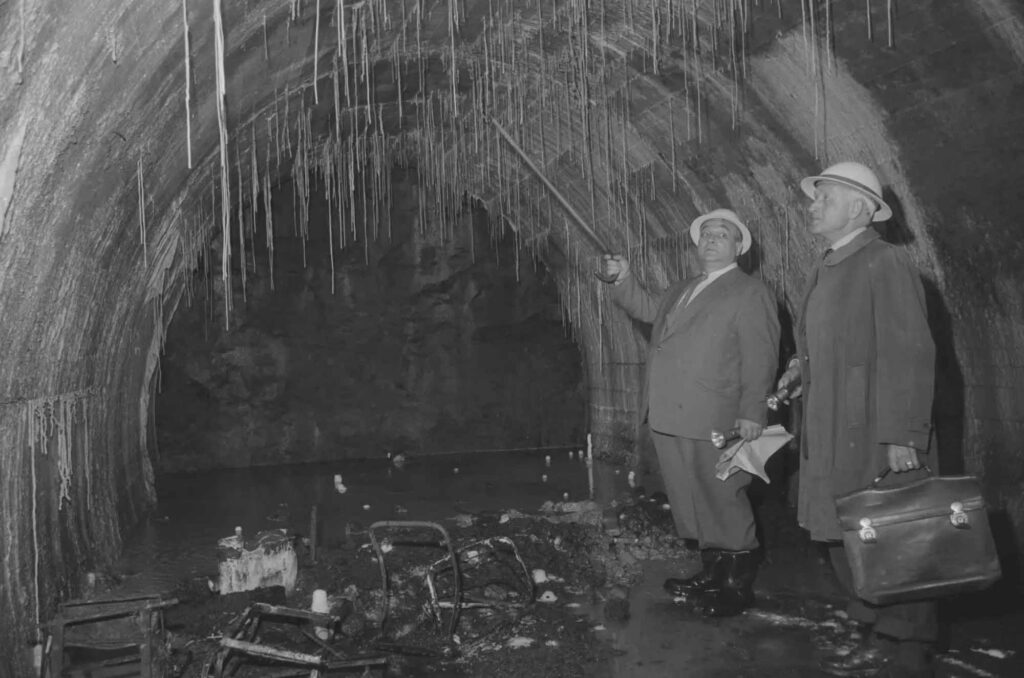
Luther said: “The few indications on site, such as the beginnings of inner walls on the vault, different wall paints or isolated official notices on the concrete walls such as “space for folders” or “lavatory” are the only clues to the function of the individual rooms.”
Herbrich claimed that renovation works would cost a fortune and added: “It would probably take a long time, but we’re still glad that we started measuring and documenting some time ago, in early 2021.”
But Luther and his team were amazed to find a disposed newspaper hidden between the endless labyrinths and oppressive concrete walls of the bunker dating back to 18th October 1978.
Luther said: “Another important chapter in the history of the deep tunnel that must not be forgotten.
“The indescribable size of the tunnel system gives only a rudimentary idea of how many people were used to work underground for the tunnel driving and expansion and how many lost their lives in the process.”
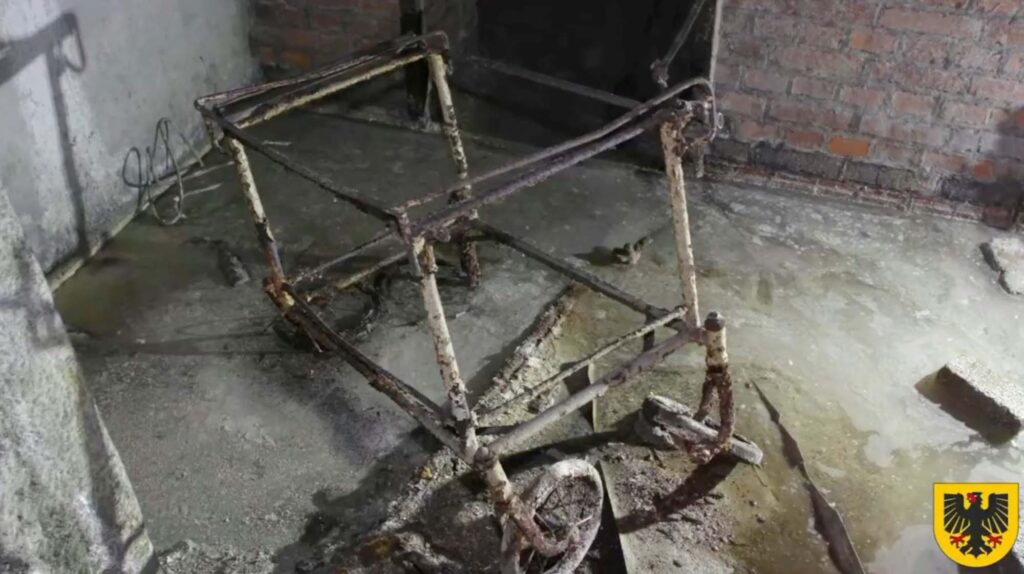
To find out more about the author, editor or agency that supplied this story – please click below.
Story By: Georgina Jadikovska, Sub-Editor: Marija Stojkoska, Agency: Newsflash
The Ananova page is created by and dedicated to professional, independent freelance journalists. It is a place for us to showcase our work. When our news is sold to our media partners, we will include the link here.

